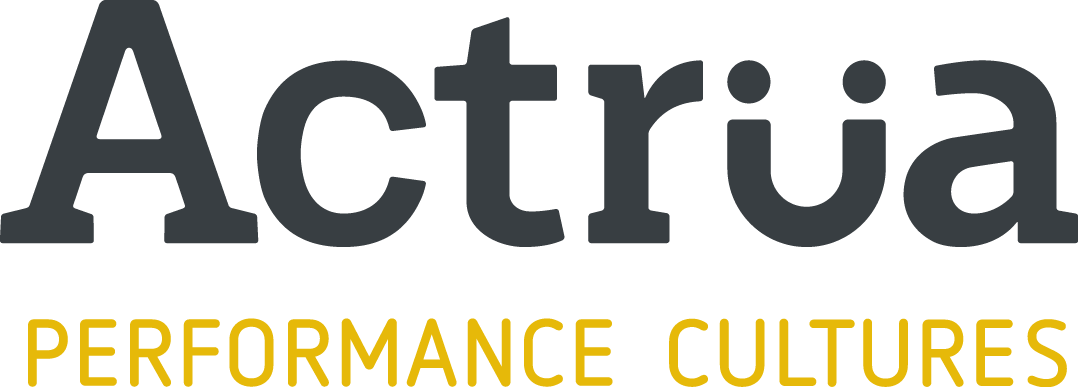Elon Musk, CEO of Tesla, recently sent an email to his employees about how much he cares about the safety of his employees. That simple, heartfelt message has gone global. Think about the ripple effect that will have on many people’s lives. As we think about strategies to energise your safety culture, you are encouraged to think a bit broader than what is perhaps the traditional safety remit. Great safety performance involves a 24/7 engagement campaign and requires new ideas to keep things fresh and to maintain the attention of your audience. Here are three important ideas to consider:
1. Celebrate the bright spots.
When you mention safety to someone, it most often comes with a connotation of rules, compliance and prevention. Why is it we most often talk about risk and not opportunity? Harm and not health? I encourage you to search out the bright spots in the business to celebrate and find positive reasons to communicate safety. Don’t wait for the next million hours lost time injury free to acknowledge achievement of a milestone. Let’s celebrate something we have done; for example, best toolbox talk for the month; best safety improvement for the quarter; most dedicated safety mentor; or a health achievement or initiative. What you recognise, reward and celebrate can have a big impact on your culture.
2. Bring your heart
Focus on people, not numbers. Too often safety communication is swamped by graphs and statistics. Sure, ultimately the metrics are important and provide an objective measure of safety performance in a business. But the numbers are an output, they are a result of doing the important things well. People are the greatest influencer of the output. Yes, there are systems, processes and technology that are essential elements of a safe workplace. But it is the people who design, implement and utilise all these elements. Emotional intelligence is a hallmark of any great leader and they know it is okay to show emotion as a leader. In fact, it is more than okay. People will trust and have confidence in a leader who is authentic and speaks from the heart. Great safety leaders demonstrate care for the lives and welfare of others. They use their feelings and emotions to influence others by engaging both the heart and the mind.
3. Fire up your storytelling
Out of 10, how would you rate the most recent toolbox talk or pre-start meeting you attended? Hopefully you wouldn’t expect anything less than a solid 7 or 8. But there is a real risk that the meetings become process for process sake. They are a great opportunity to engage people. What a shame to waste this opportunity. Even worse, done poorly they can even disengage and destroy value. The role of frontline leader is so crucial because they have such an impact on the day-to-day engagement of a workforce. The level of engagement impacts attention and focus, which impacts health and safety performance. Have your frontline leaders been provided with the skills to confidently deliver an engaging toolbox talk? It is not fair to put someone into such an important role and to expect great delivery of a new skill without
adequate preparation or development. A ‘sink or swim’ attitude just doesn’t cut it. It is not just frontline leaders we are talking about either. It is the role of every leader in the business to lead safety. A good story elicits engagement and emotion. For some people storytelling comes naturally, yet for most mere mortals we need to work at it. But storytelling skills can be learned and
developed.
In closing, the language and messages you choose to use can be extremely powerful and culture building. What can we do? What will we do? What is possible? Replace can’t with can and won’t with will. You may be surprised what you can achieve.







